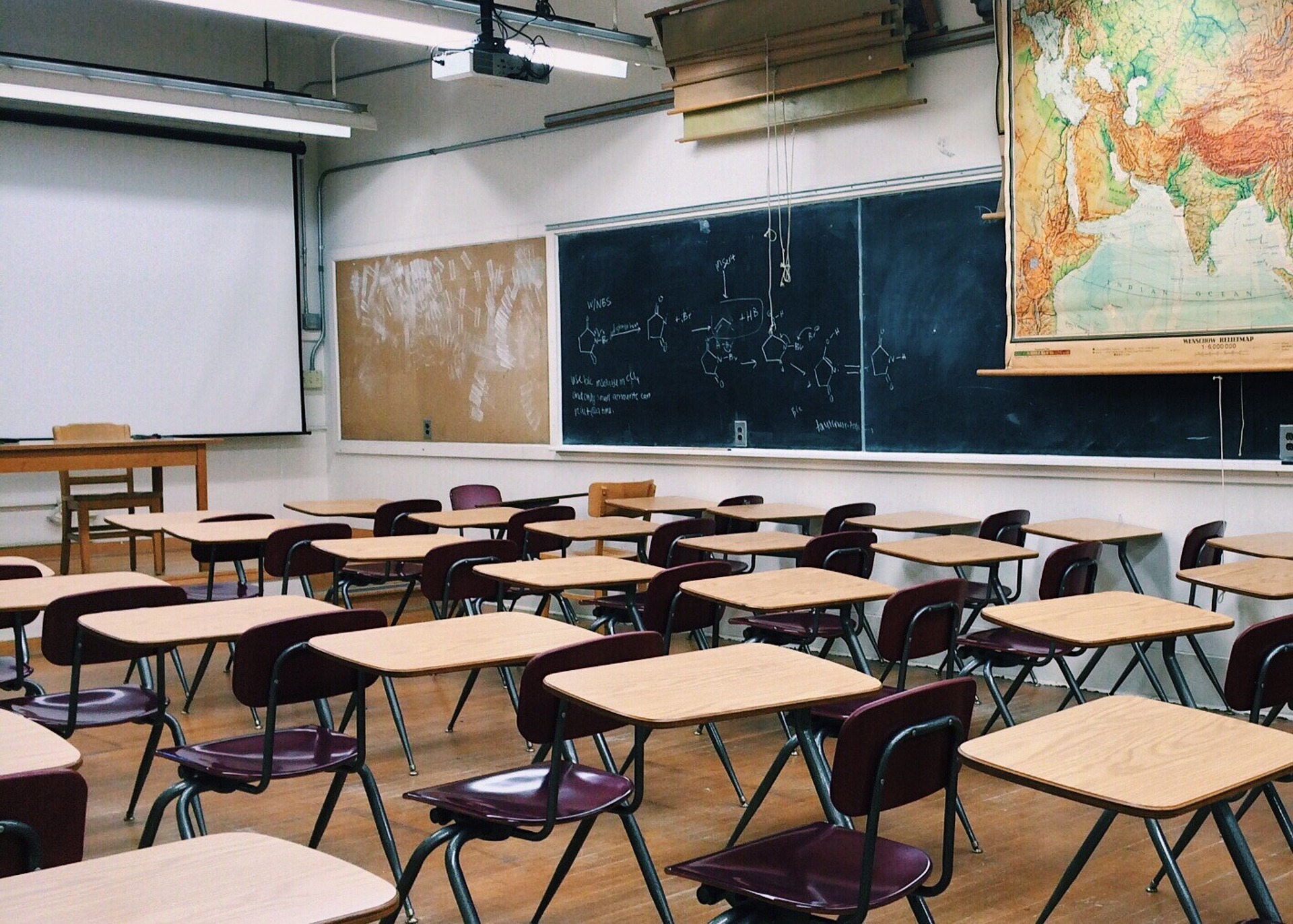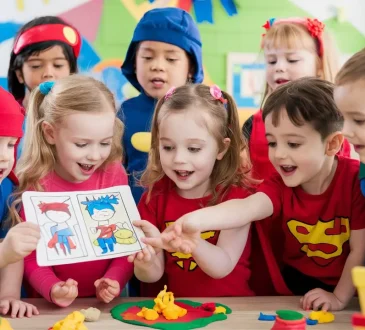

Educational systems across the globe are constantly growing and evolving. Modern curricula like those now used at an international school in Singapore and other areas around the world hardly resemble the limited approach to learning from just a couple of centuries ago. Back then, teachers focused on Reading, Writing, and Arithmetic, the three “Rs” as many people jokingly called them. Students learned to read and write words and numbers and carry out a certain level of ciphering, but everything else was secondary. They learned other skills at home or elsewhere. School was just for the basics, and not all students had the luxury of learning even those.
Filling in the Gaps
In time, authorities in the field decided the three basic subjects just weren’t enough. Students needed to gain a broader understanding of the world around them. This led to a more diversified agenda with Science, History, and Geography being added to the mix. Lessons in those fields were still a bit limited, but the very decision to include them started a revolution that made an impression on students well into adulthood. In many ways, those additional courses molded the paths students’ lives would take and had a hand in transforming the world into what it is today.
Creating a More Well-Rounded Experience
Eventually, experts realized that standard academic learning was only part of a much bigger picture. Students’ creative sides needed much more attention than what the school system was providing. With that, music and art came into play. Those evolved even further over the decades and branched out in new directions. Of course, considering the role technology plays in the modern world and its fast-paced changes, this aspect needed to be included as well. All this gave rise to the STEAM courses of today’s schools: Science, Technology, Engineering, the Arts, and Mathematics.
Facing New Hurdles
As all those changes were taking place in the educational system, students began to struggle. They’re certainly intelligent and capable enough to learn all the new information that’s being handed to them and use it in unique ways. Still, so much academia and being driven to pack so many details into their minds in so little time created a generation of extremely stressed children and teenagers.
Smoothing out the Edges
Today, educators realize that children are more than their grades and the ratings of the schools they’re attending. They need to learn as much as they can, but there has to be some sort of balance as well. Catering to the whole student rather than just his or her academic performance is becoming the new norm. Teachers and other faculty members are now focusing on children’s emotional well-being, social skills, and ability to adjust to new challenges among other points.
Reports show this new direction has certainly resulted in happier, more confident students. It’s also reducing stress levels among youngsters. Recent studies also point to an entirely different effect. Focusing on the whole student has led to higher grades, better academic performance, and a greater drive to succeed to name only a few of the positive influences.




